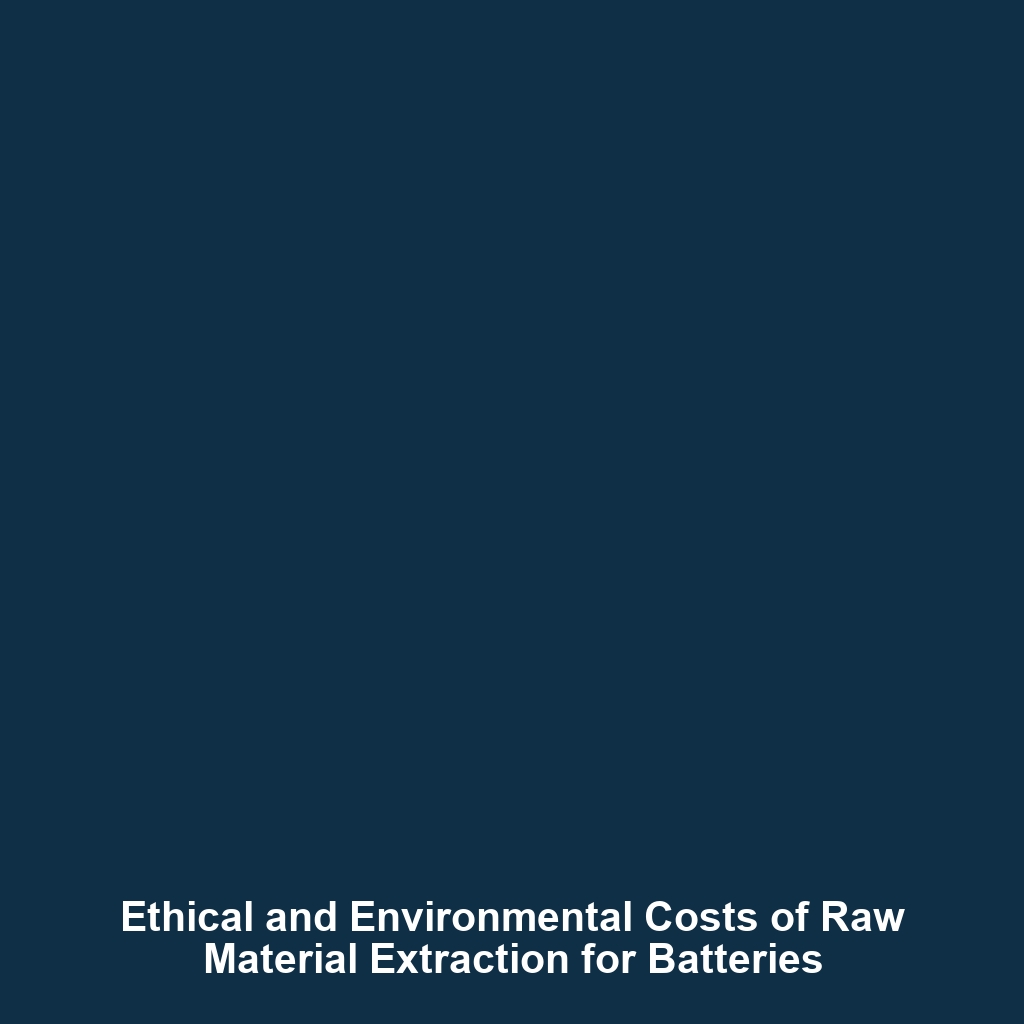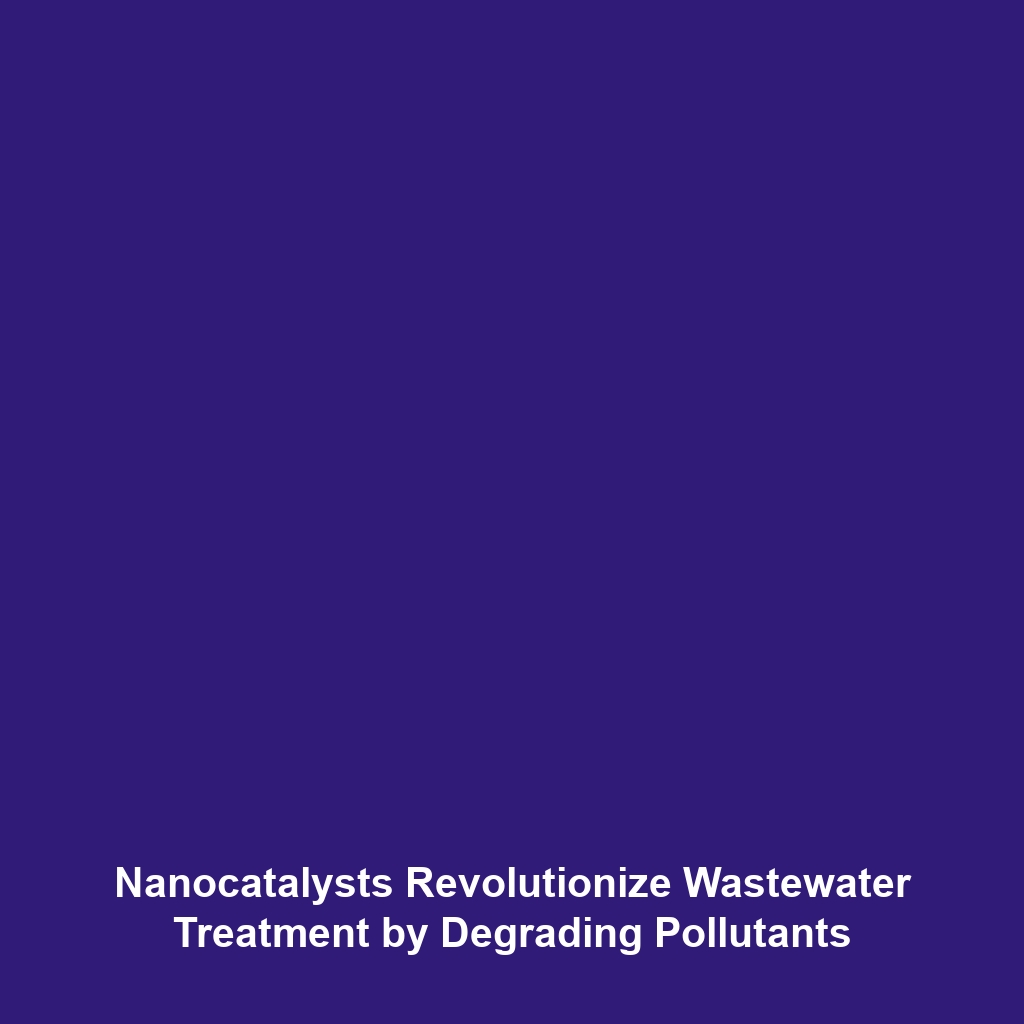Photocatalytic Coatings on Buildings: Harnessing Sunlight to Combat Air Pollution
Introduction
Photocatalytic coatings are an innovative solution that harnesses sunlight to effectively reduce air pollutants in urban environments. This technology, rooted in the principles of advanced nanomaterials, offers a sustainable approach to improving air quality and combating environmental challenges. By applying specialized coatings on building surfaces, the process not only purifies the air but also enhances the longevity and aesthetics of structures. As urbanization accelerates globally, understanding the significance of photocatalytic coatings in the context of advanced nanomaterials becomes imperative for environmental health and sustainability.
Key Concepts
Understanding Photocatalysis
Photocatalysis refers to the acceleration of a photoreaction in the presence of a catalyst. In the context of photocatalytic coatings, titanium dioxide (TiO2) is most commonly used due to its strong photocatalytic properties when exposed to ultraviolet (UV) light. This reaction breaks down organic pollutants into harmless by-products, thereby cleaning the air.
Role of Nanomaterials
Advanced nanomaterials enhance the efficiency of photocatalytic coatings by increasing surface area and reactivity. The nanoscale modifications lead to improved light absorption and charge separation, crucial for effective pollutant degradation. This places photocatalytic coatings at the intersection of nanotechnology and environmental science.
Applications and Real-World Uses
The applications of photocatalytic coatings in reducing air pollutants are diverse and growing. Here are a few significant examples:
- Building Facades: Many modern buildings incorporate photocatalytic coatings to minimize air pollution around urban centers.
- Roads and Pavements: Some cities are applying these coatings on pavements to reduce vehicular emissions.
- Residential Applications: Homeowners use photocatalytic paints to improve air quality in residential areas, especially in highly polluted urban centers.
These applications highlight how photocatalytic coatings are utilized in advanced nanomaterials to address real-world environmental challenges.
Current Challenges
Despite their promise, several challenges remain in the implementation and study of photocatalytic coatings:
- Efficacy in Low Light: The effectiveness of photocatalytic reactions diminishes in low light conditions, limiting applications.
- Durability: Environmental factors can affect the longevity and performance of the coatings.
- Economic Viability: The initial cost of applying these advanced materials can be high, deterring widespread adoption.
Addressing these challenges is crucial for advancing the practicality of photocatalytic coatings in modern construction.
Future Research and Innovations
The future of photocatalytic coatings holds significant potential for innovation and research. Emerging trends include:
- New Material Development: Researchers are exploring alternative materials to TiO2 that can offer better performance in various lighting conditions.
- Smart Coatings: Integration with smart building technologies that automate pollutant detection and response.
- Enhanced Photocatalytic Efficiency: Techniques aimed at improving the efficiency of light utilization are being actively researched.
These advancements are vital for maintaining the relevance of photocatalytic coatings within the field of advanced nanomaterials.
Conclusion
Photocatalytic coatings represent a significant advancement in the fight against air pollution, leveraging the techniques of advanced nanomaterials to create cleaner urban environments. Recognizing the ongoing challenges and potential innovations in this field is essential for future developments. For further reading, explore our sections on Environmental Technologies and Applications of Nanomaterials.


